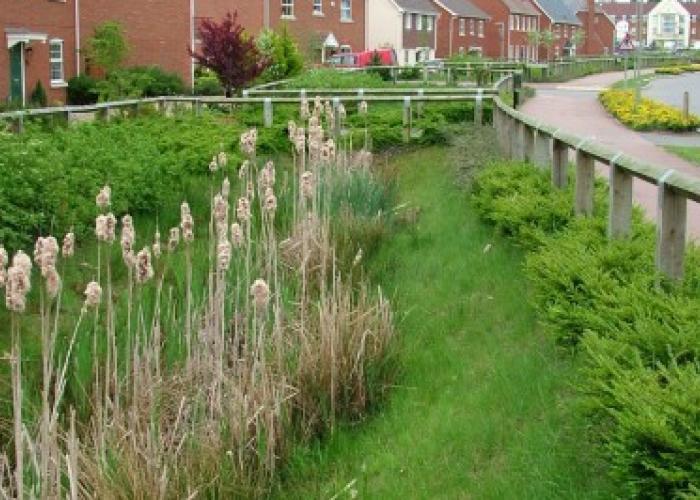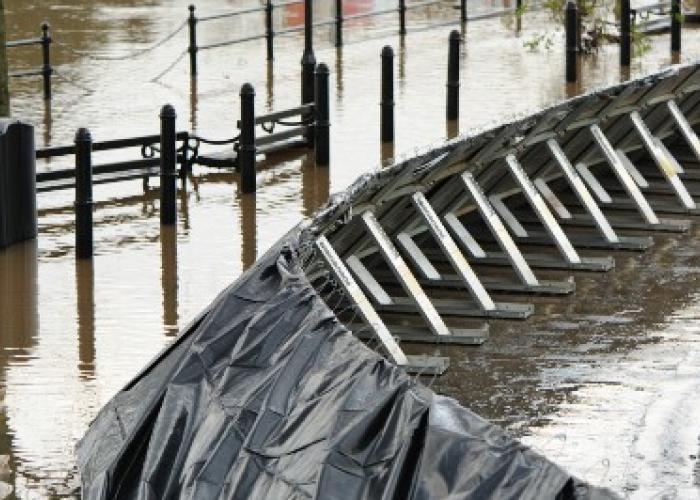Tools for the design and evaluation of Sustainable Drainage Systems (SuDS)
These simple web tools have been developed for those designing and evaluating SuDS schemes. They promote SuDS best practice and are backed by research.
Our tools can help at each stage of the SuDS design and evaluation process.
Check below for our most popular tools or visit the Tools page for a full list.
Update on our new tools
We launched our new and updated tools in March 2025.
We put together a list of frequently asked questions so you can understand what has changed.

SuDS-iQ
This project will deliver a national collaborative Sustainable Drainage Systems (SuDS) online platform that will support a collective understanding of what SuDS are, how SuDS work, and the benefits they provide.
Tools and training
Our training courses
Our training courses
Dates to be confirmed
Dates to be confirmed
Dates to be confirmed
Do you need help with planning permission?
We offer packages to assist you in meeting planning consent conditions.






